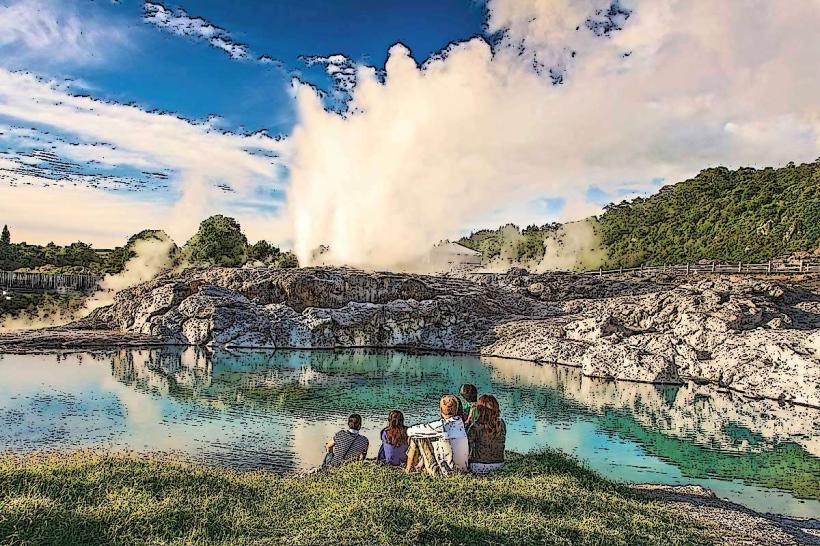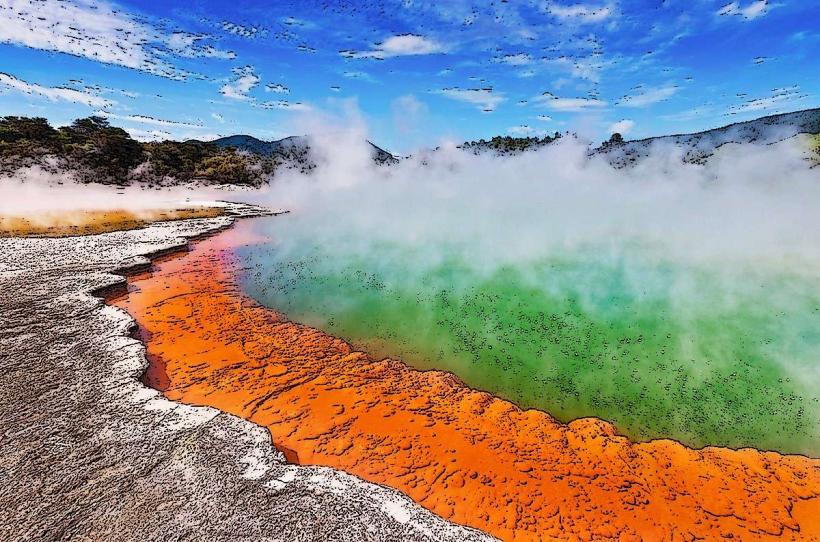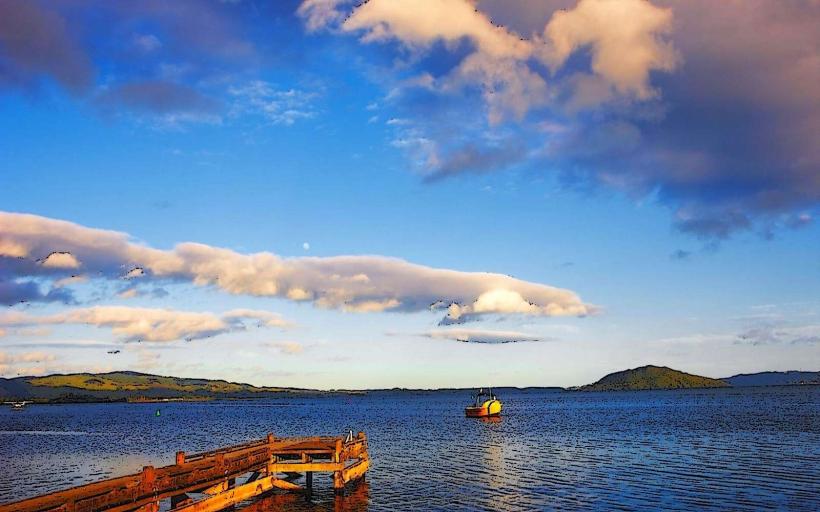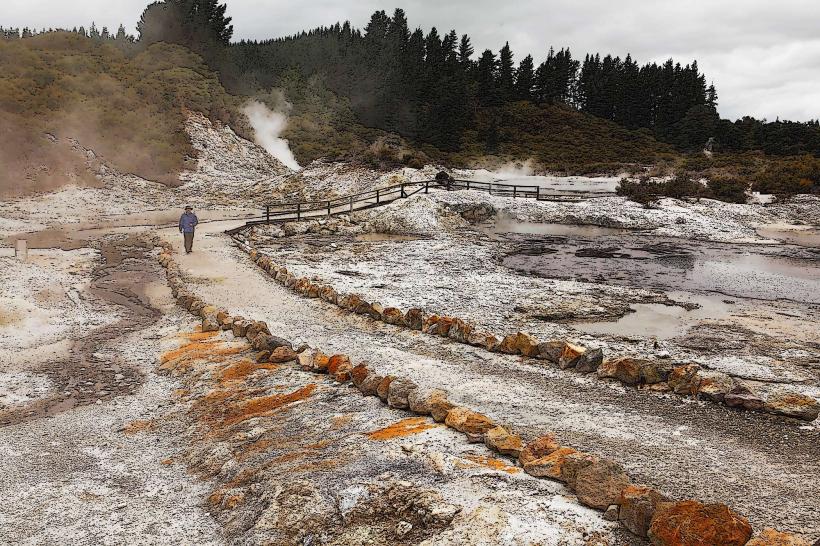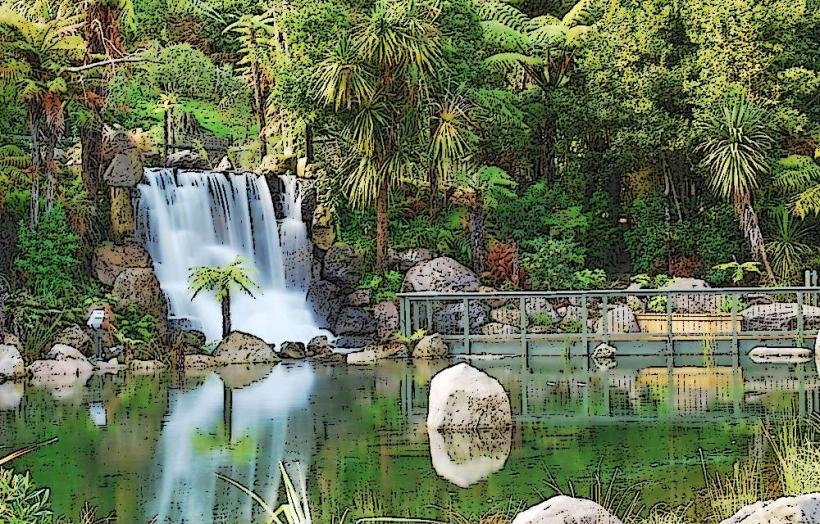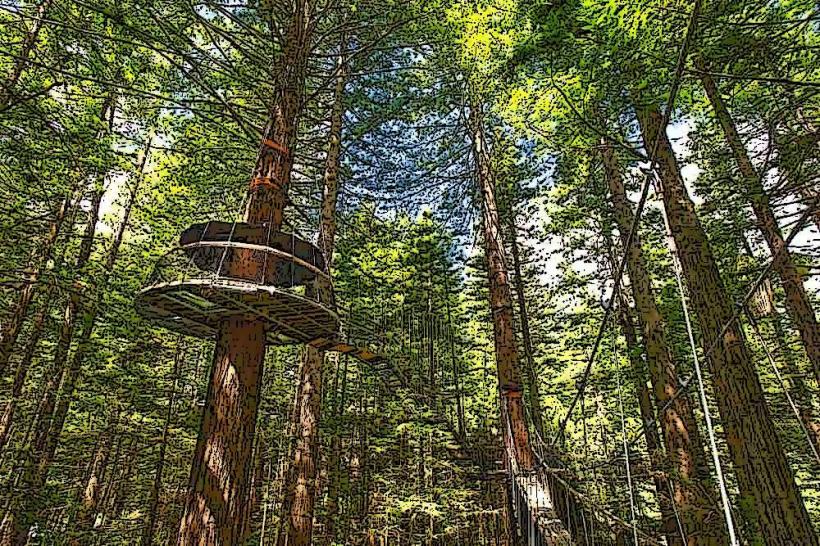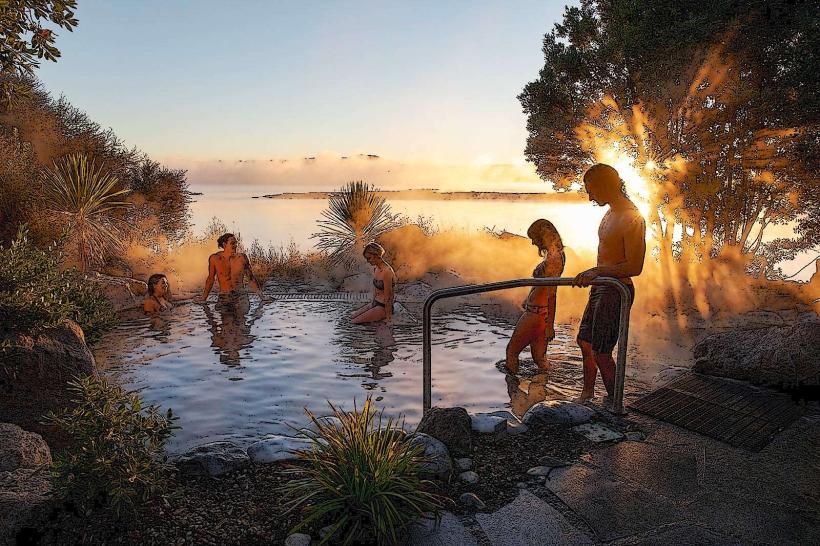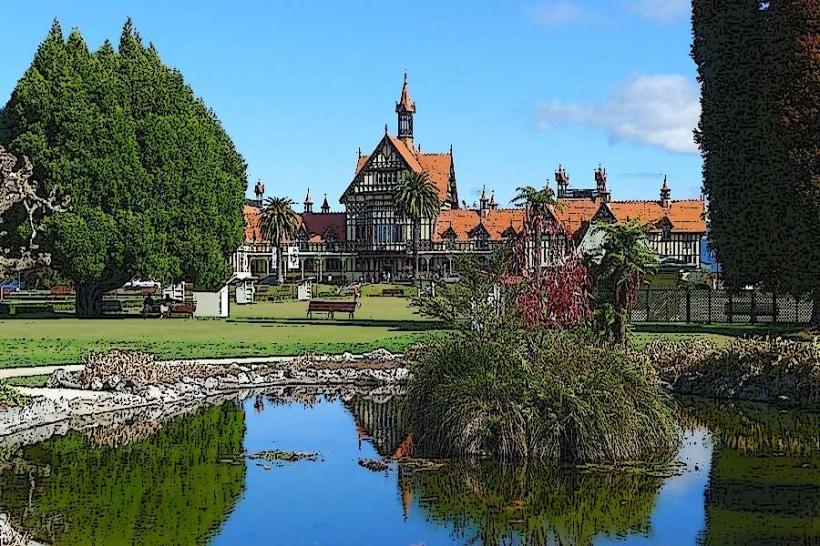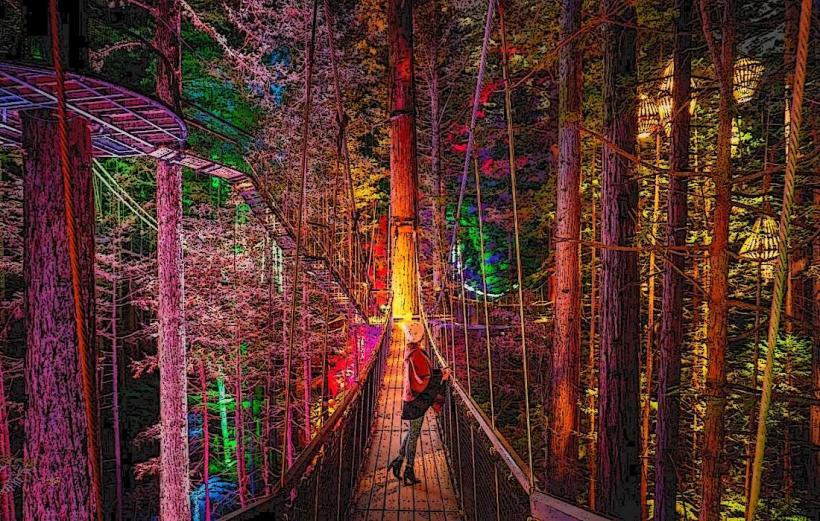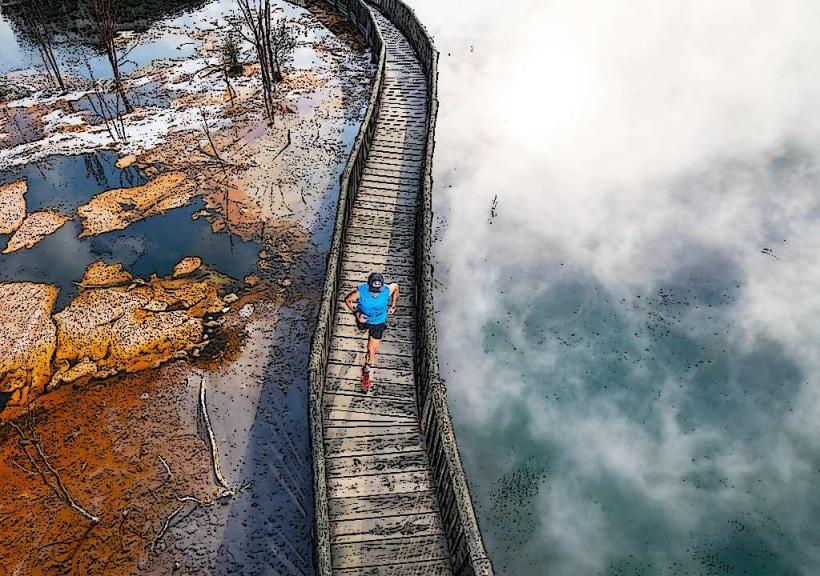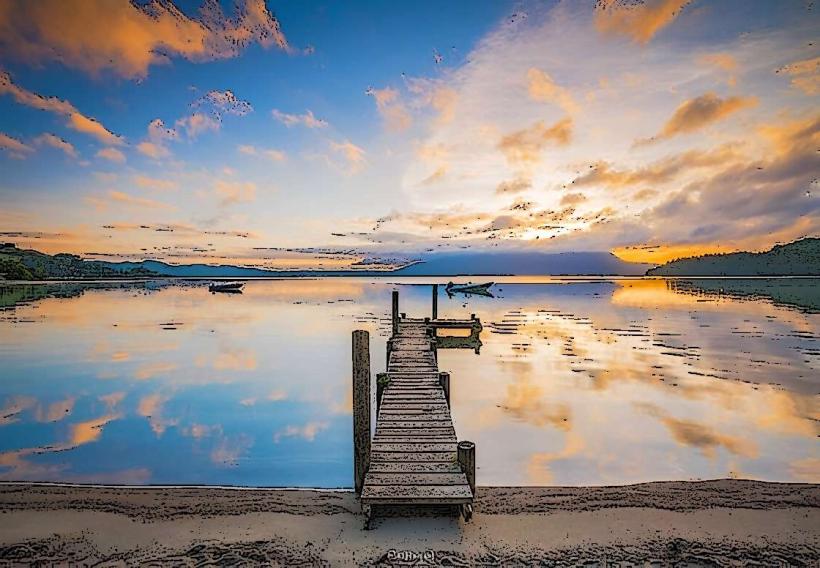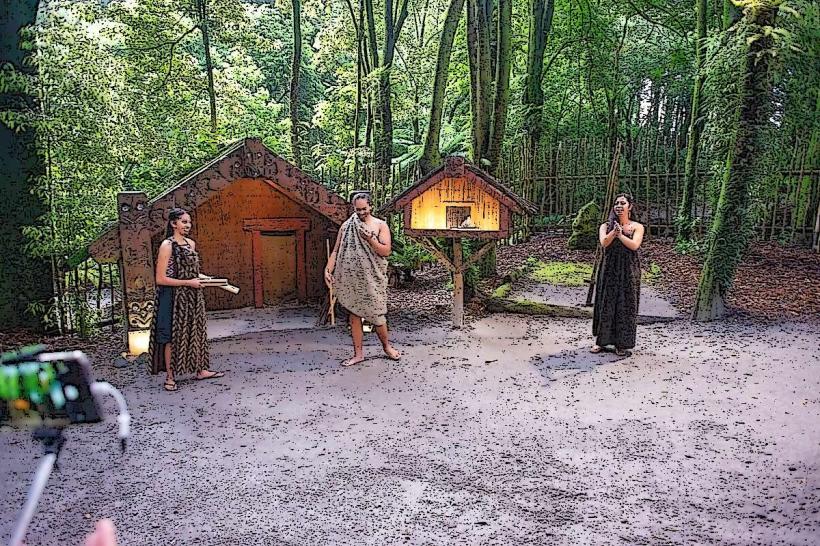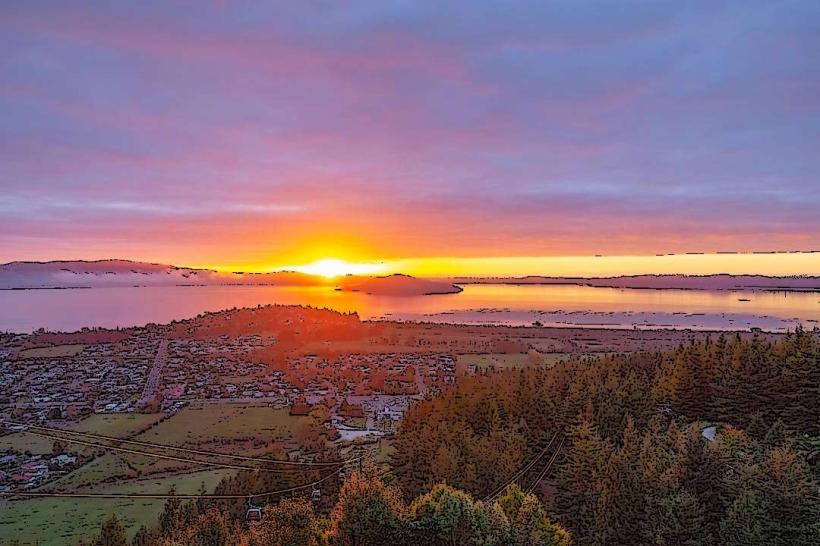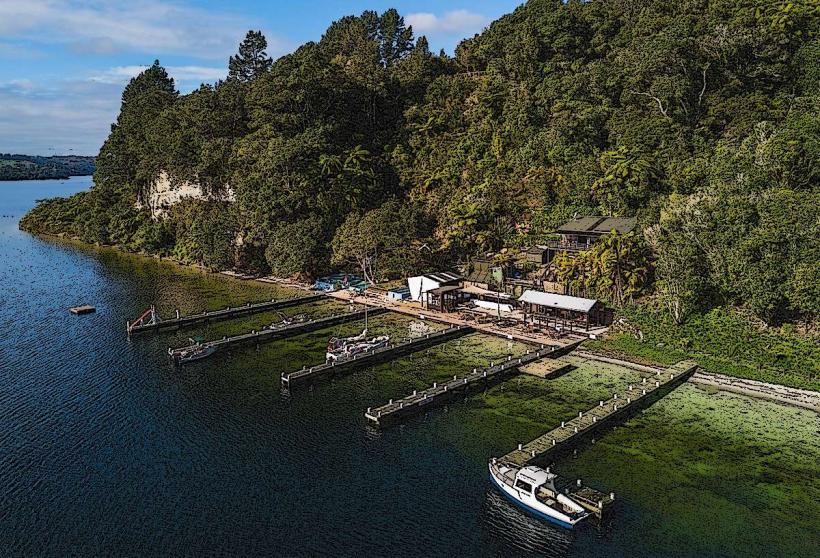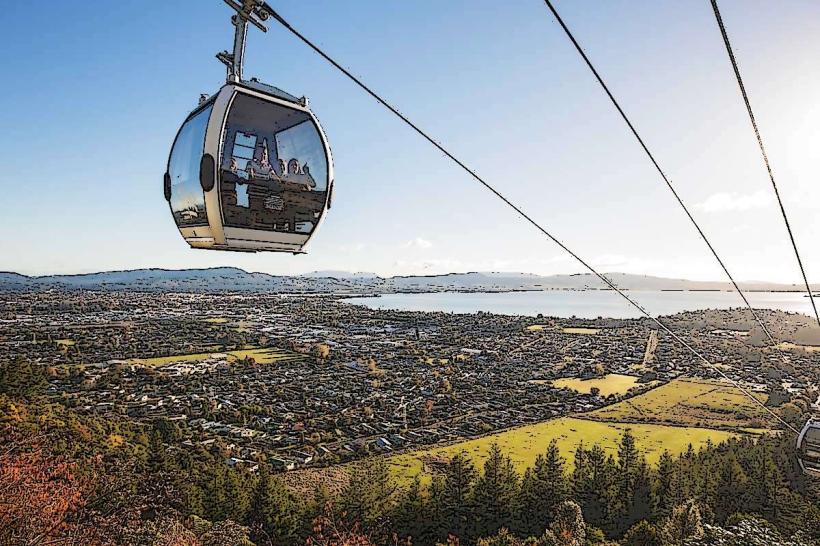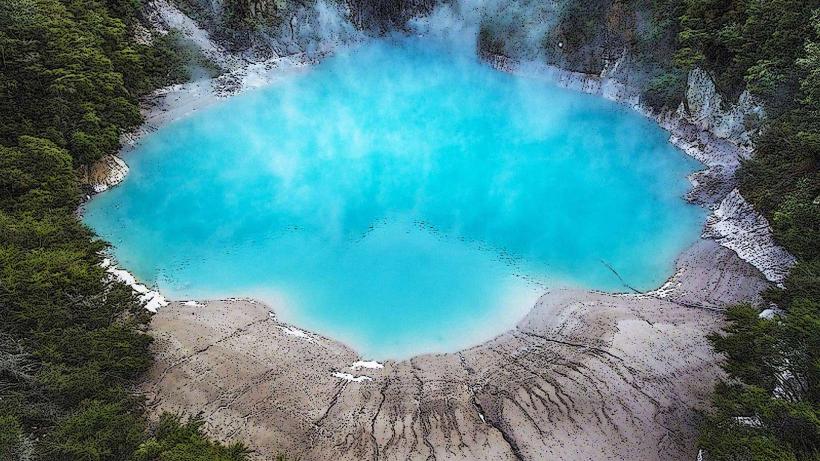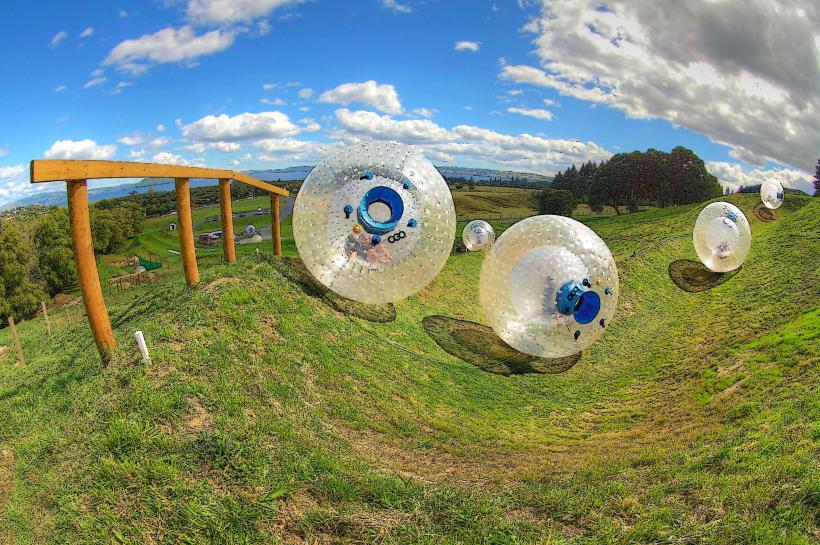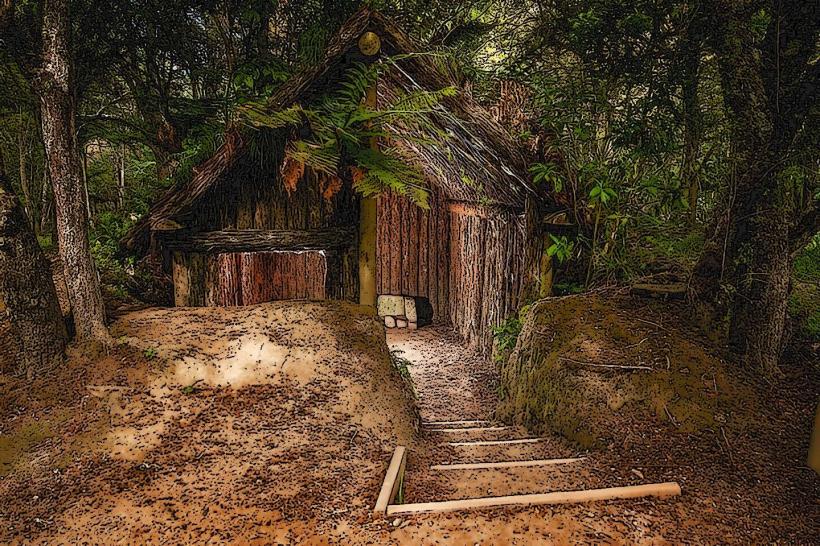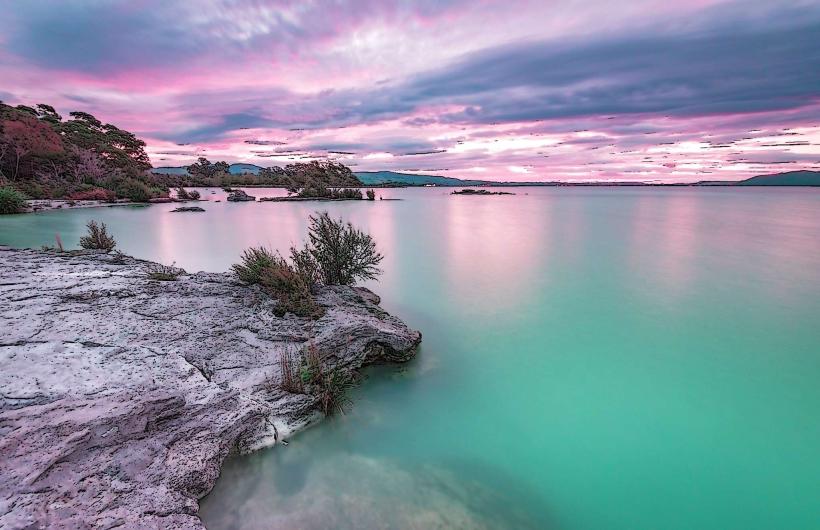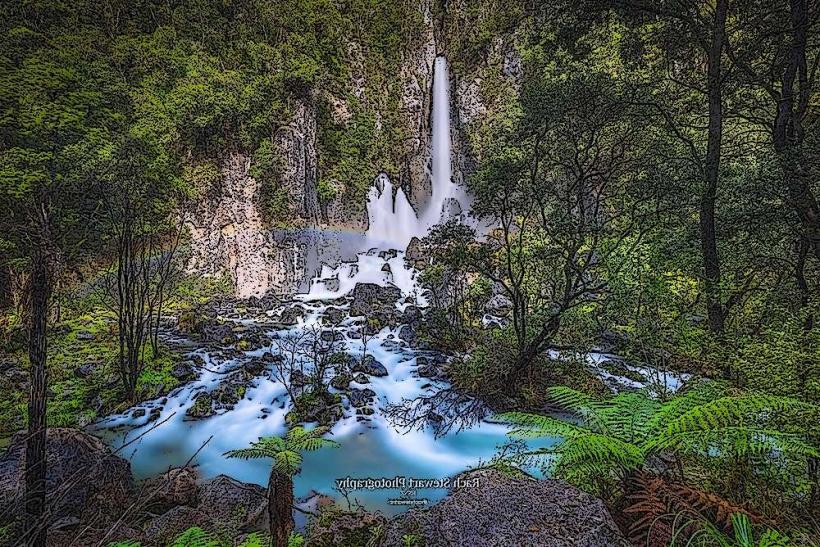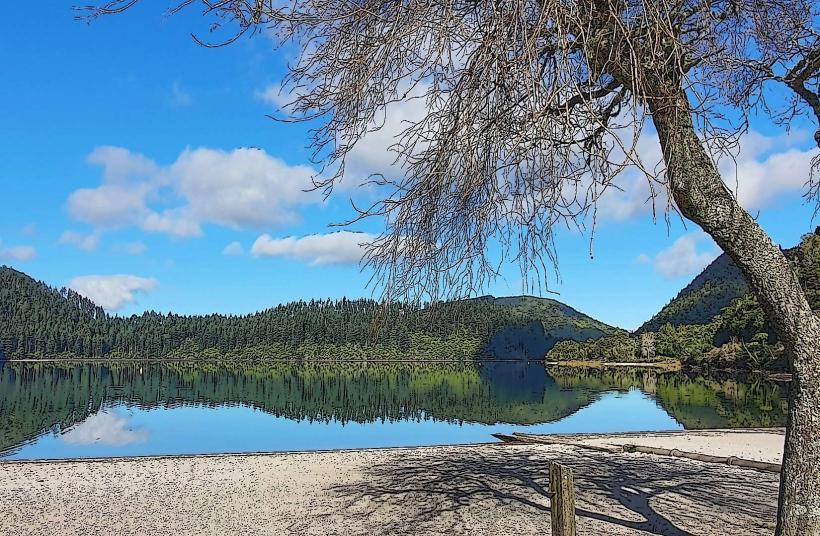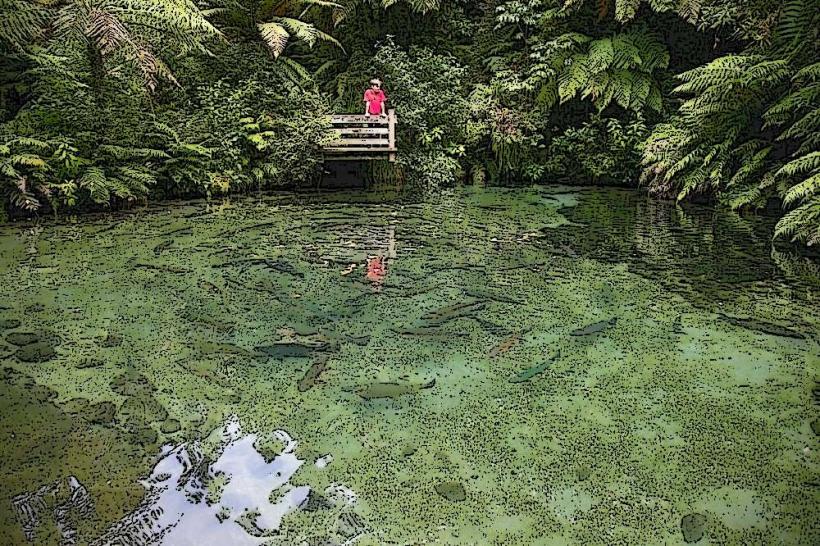Information
Landmark: Rotorua MuseumCity: Rotorua
Country: New Zealand
Continent: Australia
Rotorua Museum, also known as the Rotorua Museum of Art and History, is an iconic heritage and cultural institution located in the heart of Rotorua, New Zealand. The museum is housed in a striking historical building, the Old Bath House, which is a beautiful example of Edwardian Baroque architecture. The museum offers a fascinating insight into the region’s history, culture, and art, with a particular focus on Rotorua's geothermal history, Māori culture, and New Zealand’s social and political development.
1. The Building and Architecture
The Rotorua Museum is located in the Government Gardens and is set within a landmark building known as the Old Bath House, which was originally constructed in 1908 as part of Rotorua’s development as a spa and tourist destination. The building was designed by architect John Campbell in the style of Edwardian Baroque with a distinctive Tudor and Queen Anne influence. Its beautiful exterior, featuring decorative brickwork, stained-glass windows, and towering spires, makes the museum an architectural gem and a significant part of Rotorua’s history.
The Old Bath House was once the site of Rotorua’s thermal bathing facilities, where visitors sought therapeutic treatments using the region’s natural hot springs. Over the years, the building’s function has evolved, and it now serves as the cultural heart of the city.
2. Exhibitions and Collections
The Rotorua Museum features a wide range of permanent and temporary exhibitions, providing visitors with a comprehensive look at the cultural, historical, and artistic significance of the Rotorua region. The museum’s diverse collection spans across different areas of interest, including geothermal activity, Māori culture, and local history.
Key Exhibitions:
Geothermal Activity and Rotorua’s Hot Springs – One of the central themes of the museum is the geothermal history of Rotorua, which is situated in one of the world’s most active geothermal regions. Exhibitions detail the science behind the region’s hot springs, geysers, and thermal lakes, as well as the impact of geothermal activity on the local environment and community. Visitors can learn about the unique geothermal formations, including the Pohutu Geyser and Champagne Pool, and the role they play in the area’s tourism industry.
Māori Culture and Art – The museum offers a deep dive into the rich Māori heritage of Rotorua and the surrounding areas. Exhibits explore the region’s Māori communities, history, mythology, and traditional arts such as carving and weaving. Visitors can also learn about Māori spiritual beliefs and how the natural environment, particularly the geothermal landscape, plays an important role in Māori culture.
Rotorua’s Social History – Exhibitions cover the development of Rotorua as a major tourist destination, beginning with the arrival of European settlers in the mid-1800s. The museum showcases how the town grew, the impact of the spa and tourism industry, and the cultural exchange between Māori and Pākehā (European settlers).
Art Exhibitions – The museum also regularly hosts contemporary art exhibitions, featuring works by local artists and exploring various art forms, including paintings, sculptures, and photography. These exhibitions often reflect Rotorua’s unique cultural mix and the natural beauty of the region.
3. Historical and Cultural Significance
Rotorua Museum serves as an important space for the preservation and celebration of local history and heritage. It is a place where visitors can engage with the past and better understand the people and events that have shaped Rotorua’s identity. The museum also hosts educational programs that connect visitors to the region’s history and culture, offering school groups and tourists an opportunity to deepen their knowledge.
Highlights of the Museum’s Cultural Contributions:
- The museum’s role in preserving Māori culture and art.
- Educational programs designed to engage visitors with local history.
- Events that celebrate Rotorua’s rich cultural diversity.
4. Temporary and Traveling Exhibitions
In addition to its permanent displays, Rotorua Museum regularly features temporary exhibitions that cover a wide range of topics, from local historical events to international art trends. These exhibitions offer something new to see with every visit, keeping the museum’s offerings fresh and engaging.
The museum also hosts a variety of events and activities, such as art workshops, cultural performances, and public talks, which allow visitors to engage more directly with the exhibits and their context.
5. Visitor Experience
Rotorua Museum offers visitors a hands-on experience, with a combination of interactive displays, detailed historical artefacts, and multimedia installations that help bring the region's history to life. Guided tours are available for those who want a more detailed and personal exploration of the museum’s exhibits. The museum's central location within Rotorua’s Government Gardens makes it easy to combine a visit with a stroll through the picturesque gardens or a visit to other nearby attractions, such as the Rotorua Lakefront.
6. Why Visit Rotorua Museum?
- Rich Cultural Experience – Rotorua Museum offers an exceptional opportunity to learn about the Māori culture and the geothermal wonders of Rotorua, making it a must-see for visitors seeking to connect with the area’s past.
- Stunning Architecture – The Old Bath House building is a beautiful historical structure, and the museum’s surroundings, including the Government Gardens, offer a relaxing and picturesque environment for visitors to explore.
- Educational Value – Whether you are interested in local history, geothermal science, or Māori arts, the museum provides a wealth of knowledge for all ages.
- Diverse Exhibitions – The museum’s rotating exhibitions ensure there is always something new to explore, making each visit unique.
7. Location and Accessibility
Rotorua Museum is located in the Government Gardens near Lake Rotorua, within a short walking distance from Rotorua’s town center. It is easily accessible by car, bike, or on foot, and visitors can enjoy a stroll around the surrounding gardens and lakefront area after their visit to the museum.
The Rotorua Museum is a captivating destination that allows visitors to immerse themselves in the history and culture of Rotorua. Whether you're fascinated by geothermal science, intrigued by Māori heritage, or simply interested in exploring a stunning historic building, the Rotorua Museum offers a rich and rewarding experience.

